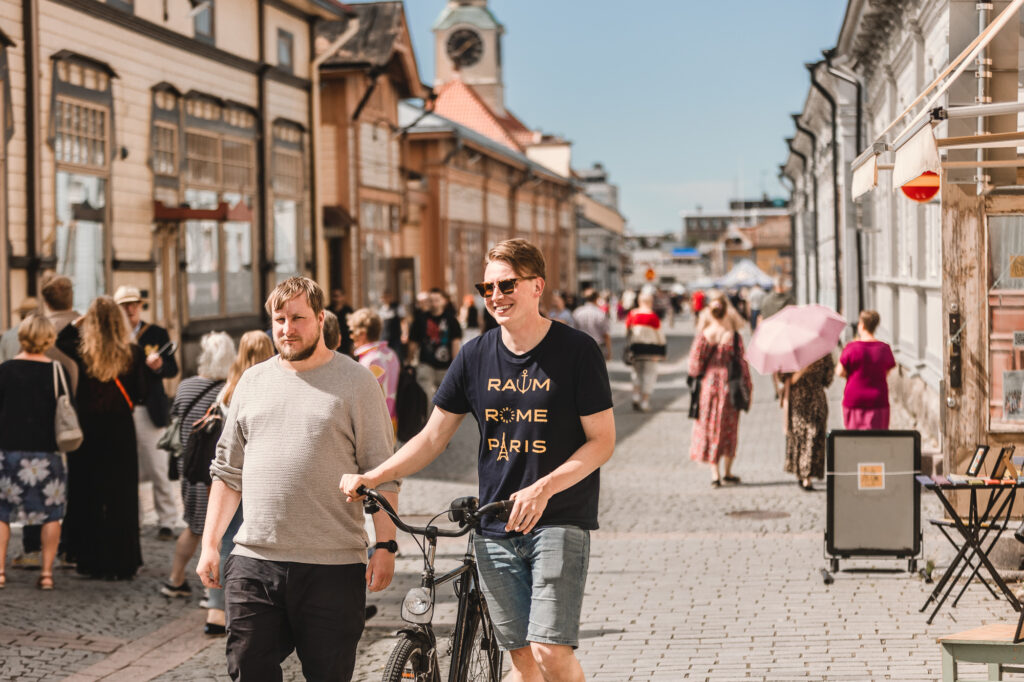Sustainability
Our goal is for Rauma to be charming and enchanting now and in the future. Rauma will achieve this goal by maintaining its status as an easy and smooth place to visit, live, and do business.

Our goal is for Rauma to be charming and enchanting now and in the future. Rauma will achieve this goal by maintaining its status as an easy and smooth place to visit, live, and do business.
